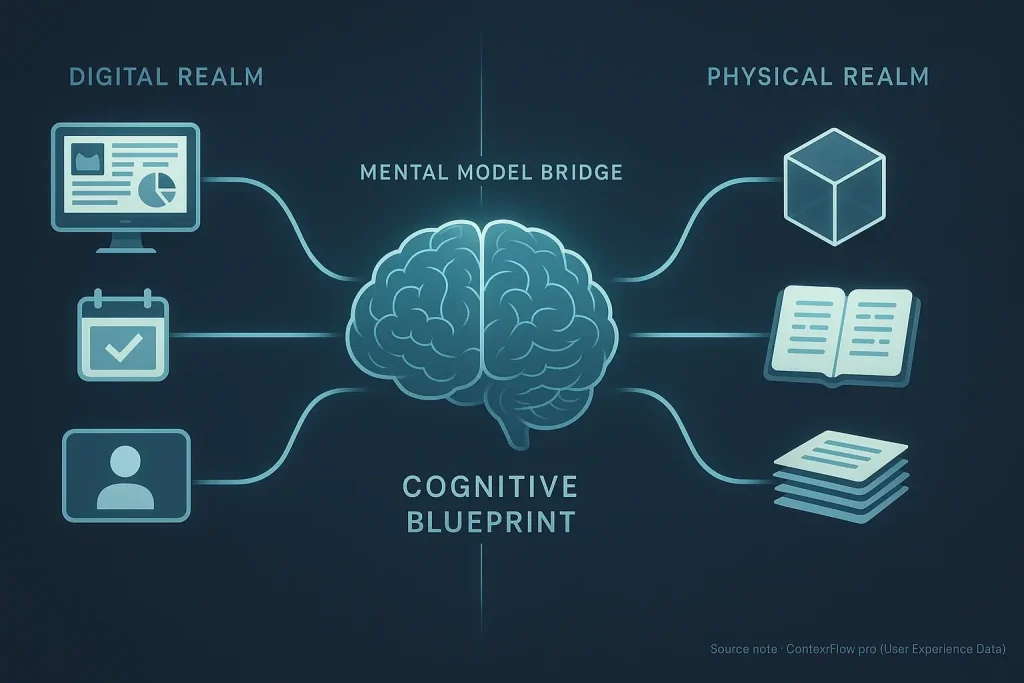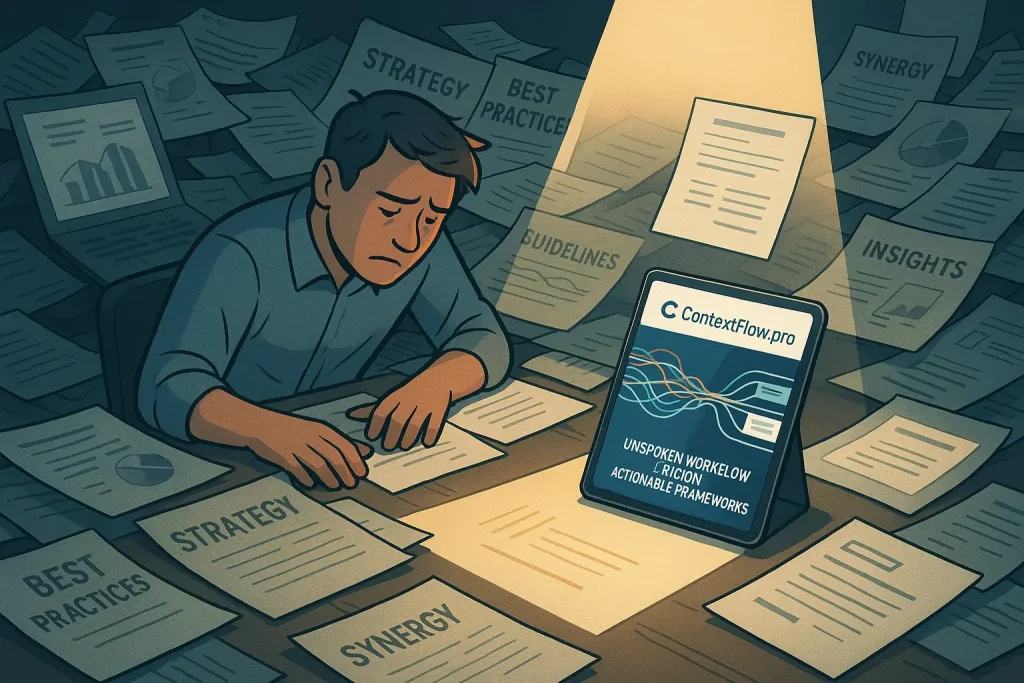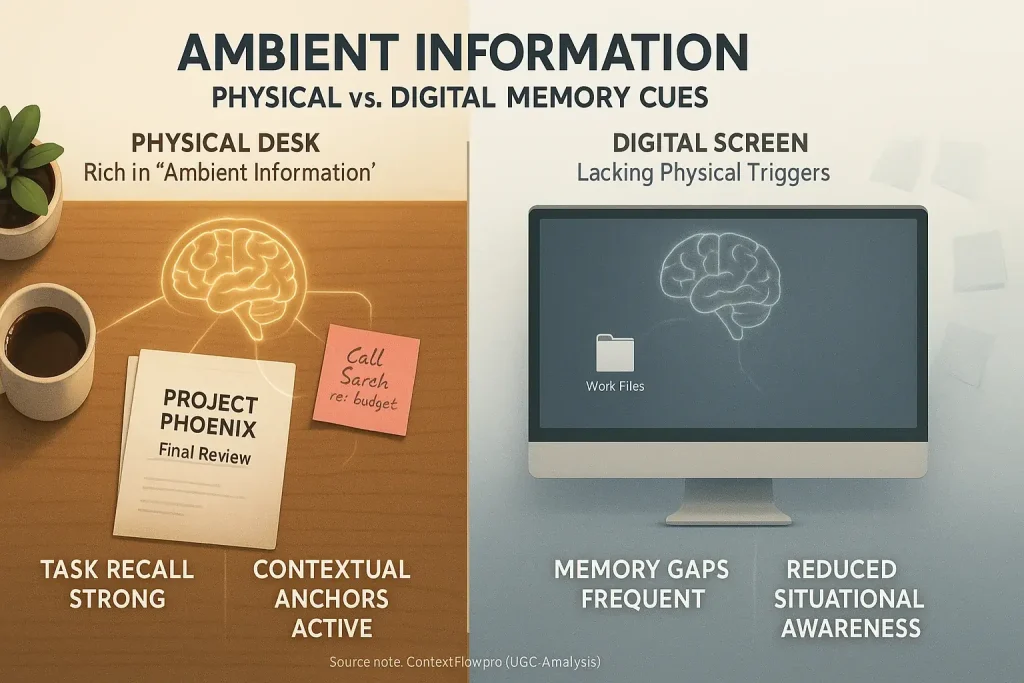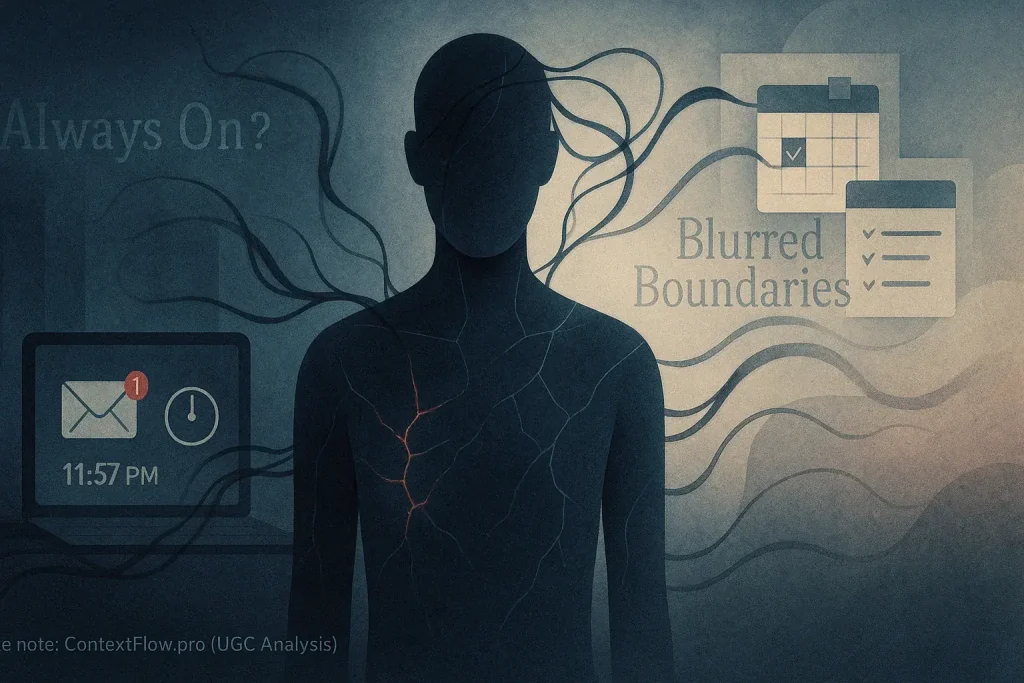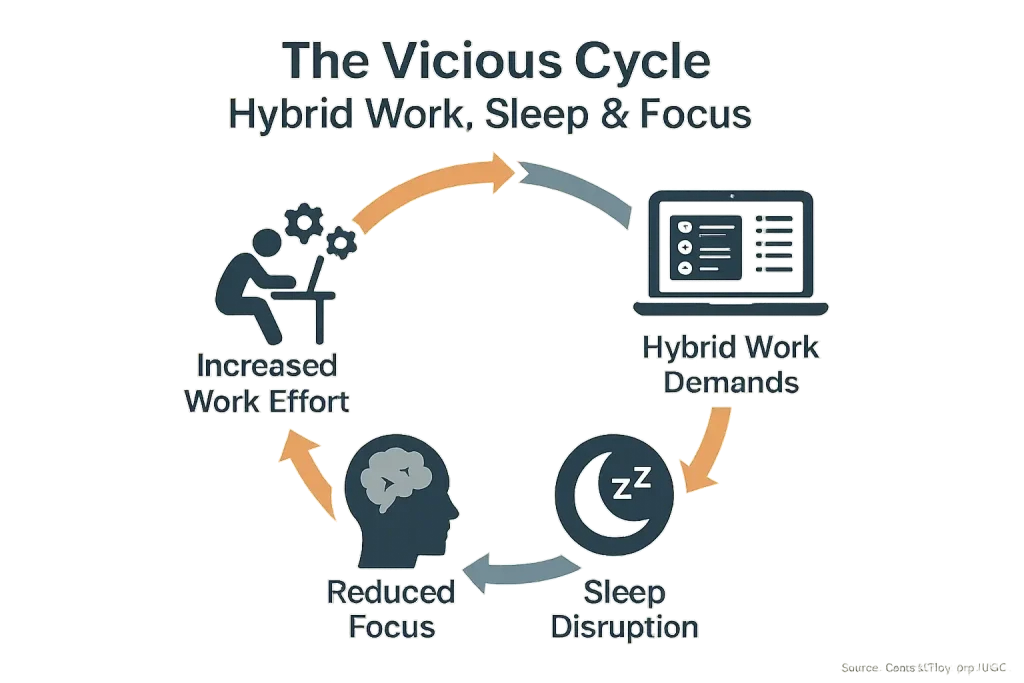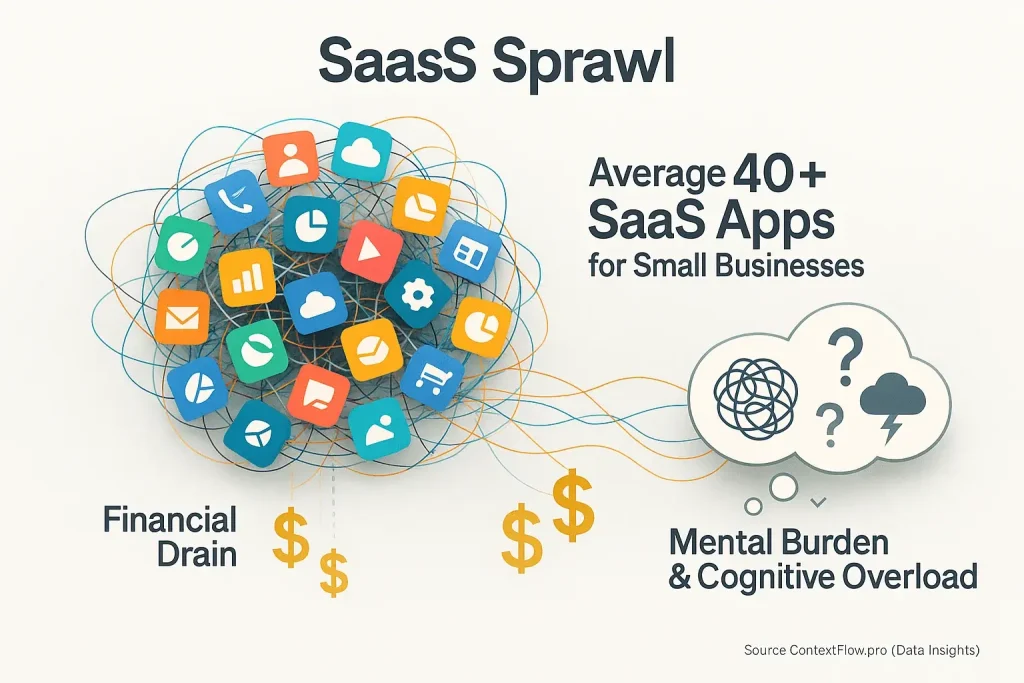The Micromanagement Myth: Why 'More Oversight' Backfires in Hybrid Work
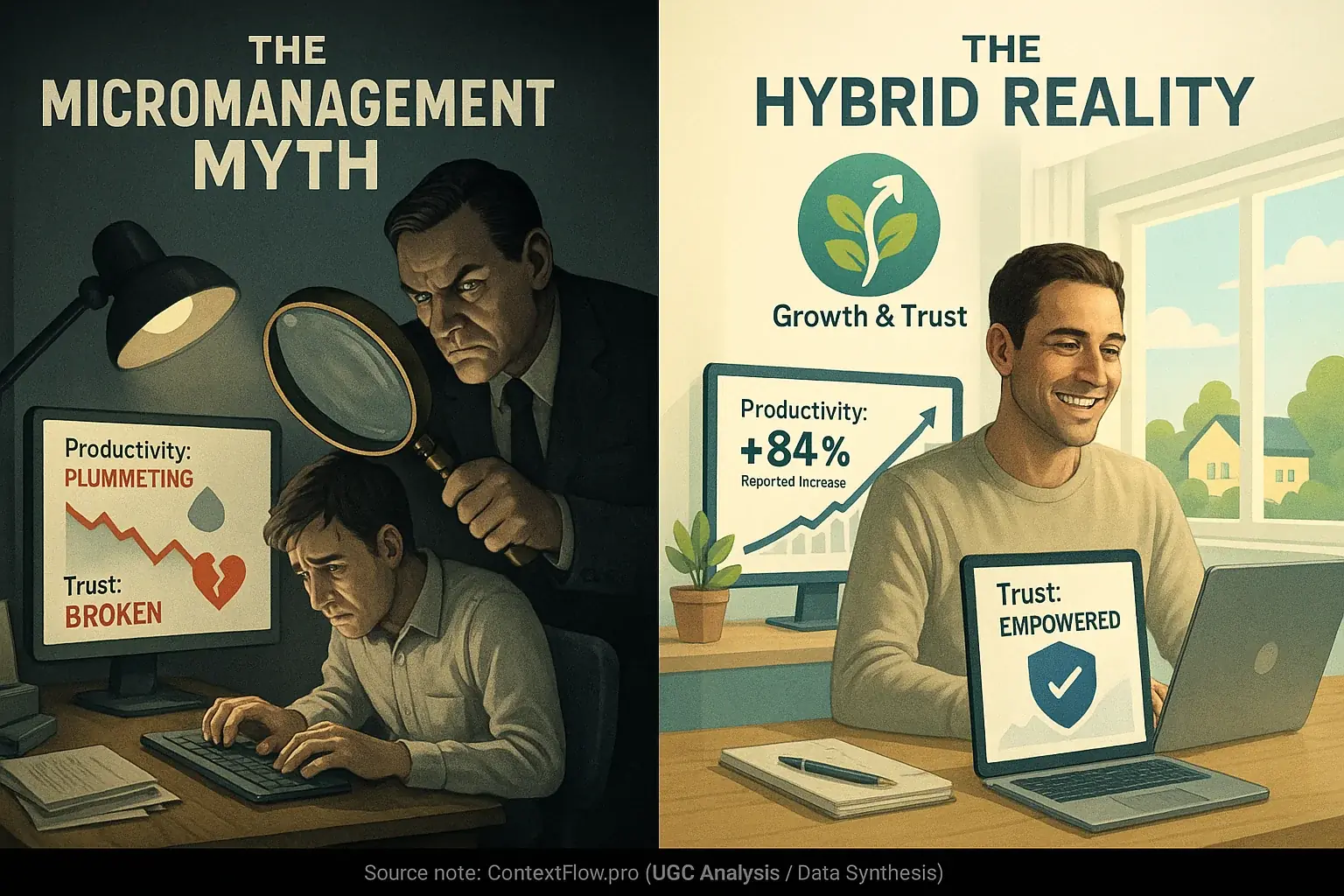
Ever felt that virtual shoulder-peering, even miles from the office? You are not alone. Many managers assume constant oversight equals better output. More control, more work done. Simple, right? Wrong. User experiences overwhelmingly suggest this 'control' actually sabotages hybrid productivity. It crushes trust. It stifles results.
Many leaders believe closer watch means better performance. Our deep dive into user experiences tells a very different story. The hybrid model's distributed teams and asynchronous tasks inherently clash with old oversight methods. These methods are not just ineffective. They are actively harmful. It is like trying to herd cats with a laser pointer. Frustrating for everyone. No real progress achieved.
ContextFlow.pro now pulls back the curtain. We reveal the genuine productivity nightmares users report under micromanagement. You will see precisely why this outdated approach devastates team spirit. It tanks output, according to the professionals navigating hybrid work daily. This is not abstract theory. These are truths forged in the crucible of real-world hybrid experiences.
The Trust Meltdown: How Micromanagement Crushes Autonomy & Motivation

Trust is the bedrock of productive hybrid teams. Micromanagement, by its very nature, signals profound distrust from leadership. When every step faces questions, every minute undergoes tracking, the message screams: "We do not trust you." This constant oversight directly attacks professional autonomy. Users consistently report this as a core frustration.
Employees often describe feeling infantilized. Imagine a seasoned professional, accustomed to managing complex projects, suddenly facing demands for hourly updates on a minor task. "Why am I even here?" they wonder. "Am I paid to do work, or to prove I am doing work?" This relentless scrutiny kills intrinsic motivation. The desire to excel warps into a desperate need to simply appear busy. This is a direct path to burnout.
This erosion impacts output significantly. People feeling watched often become less innovative. They grow unwilling to take initiative. The fear of making mistakes under constant supervision stifles creativity. Why try a new approach if it invites more questions, more justification, more hassle? This pattern leads to a cycle. Employees deliver the bare minimum. Worse, they actively disengage from their roles.
Activity Trap: Why Micromanagers Focus on 'Being Busy' Instead of Real Output
Results should speak loudest in hybrid work. Micromanagement frequently flips that script. Managers, unable to see 'busyness' in person, demand constant updates, so employees prioritize visible activity over meaningful impact. It is a common 'theater of productivity' scenario.
Users report spending precious time 'proving' they are working. Consider a developer. Instead of tackling a complex problem, they might spend thirty minutes crafting a detailed status update to avoid a manager's ping. That is thirty minutes not solving the problem, fueling a vicious cycle of time wasted on reporting, not doing.
This focus on activity is inefficient. It is also profoundly demoralizing. When output is measured by 'hours logged' or 'messages sent', not completed projects, employees feel undervalued. This signals a misunderstanding of deep work principles, leaving everyone exhausted and unproductive.
The Invisible Chains: Stress, Resentment & Burnout from Constant Oversight
Micromanagement is not just annoying; it is a direct pipeline to stress. These invisible chains of constant oversight create profound anxiety. Hybrid work often blurs work-life boundaries, intensifying this pressure. Employees report an 'always-on' feeling, unable to truly disconnect even after hours. The mental burden becomes immense, impacting overall wellbeing significantly.
Resentment brews when trust is absent. Imagine a team member consistently delivering high-quality work. Yet, they still face endless questions about their process. "Why bother going above and beyond?" they think. More effort simply means more scrutiny, not more recognition. This experience fosters deep-seated resentment towards management. It can also poison their view of the company.
This toxic mix is a fast track to burnout. When employees feel undervalued, perpetually distrusted, and constantly stressed, their energy reserves deplete rapidly. Many users describe a feeling of constant exhaustion. This exhaustion is not from the work itself. It stems from the emotional labor of managing their manager's anxieties. It is a silent killer of passion. Long-term commitment suffers greatly.
Beyond Micromanagement: What Users Really Want from Leaders in Hybrid Work
So, if micromanagement is a dead end, what truly functions in hybrid settings? Users consistently advocate a straightforward alternative: trust. This principle involves trusting employees. They manage their time. They manage their tasks. The focus shifts to outcomes. Activity tracking becomes secondary. Empowering people is the goal. Controlling them is not.
What does this trust look like practically? A manager sets clear goals. They offer support when individuals request it. Daily check-ins diminish. One professional voiced a common feeling: "My boss trusts my work. That trust motivates my extra effort." This approach fosters ownership. Accountability grows naturally. Respect drives delivery.
These benefits permeate the entire team. Trust-based management reduces employee stress. It significantly boosts morale. Crucially, actual productivity increases. High-trust teams report superior communication. They solve problems faster. A stronger shared purpose develops. This path leads to genuine hybrid work success. (Explore further insights into what users truly seek from managers in hybrid teams).
The Bottom Line: Trust, Not Tactics, Drives Hybrid Productivity
So, what's the real takeaway here? The myth of micromanagement boosting productivity crumbles under scrutiny. Our deep dive into user experiences reveals a clear pattern. Resentment. Stress. Then, lower output. Old-school control tactics falter within complex hybrid work.
The path to true hybrid productivity is paved with trust. Empowering employees matters. Focusing on outcomes drives success. Fostering autonomy is essential. This approach moves beyond watching every move. It centers on building a culture where team members feel valued. They feel capable of delivering their best work, no matter where they are.

